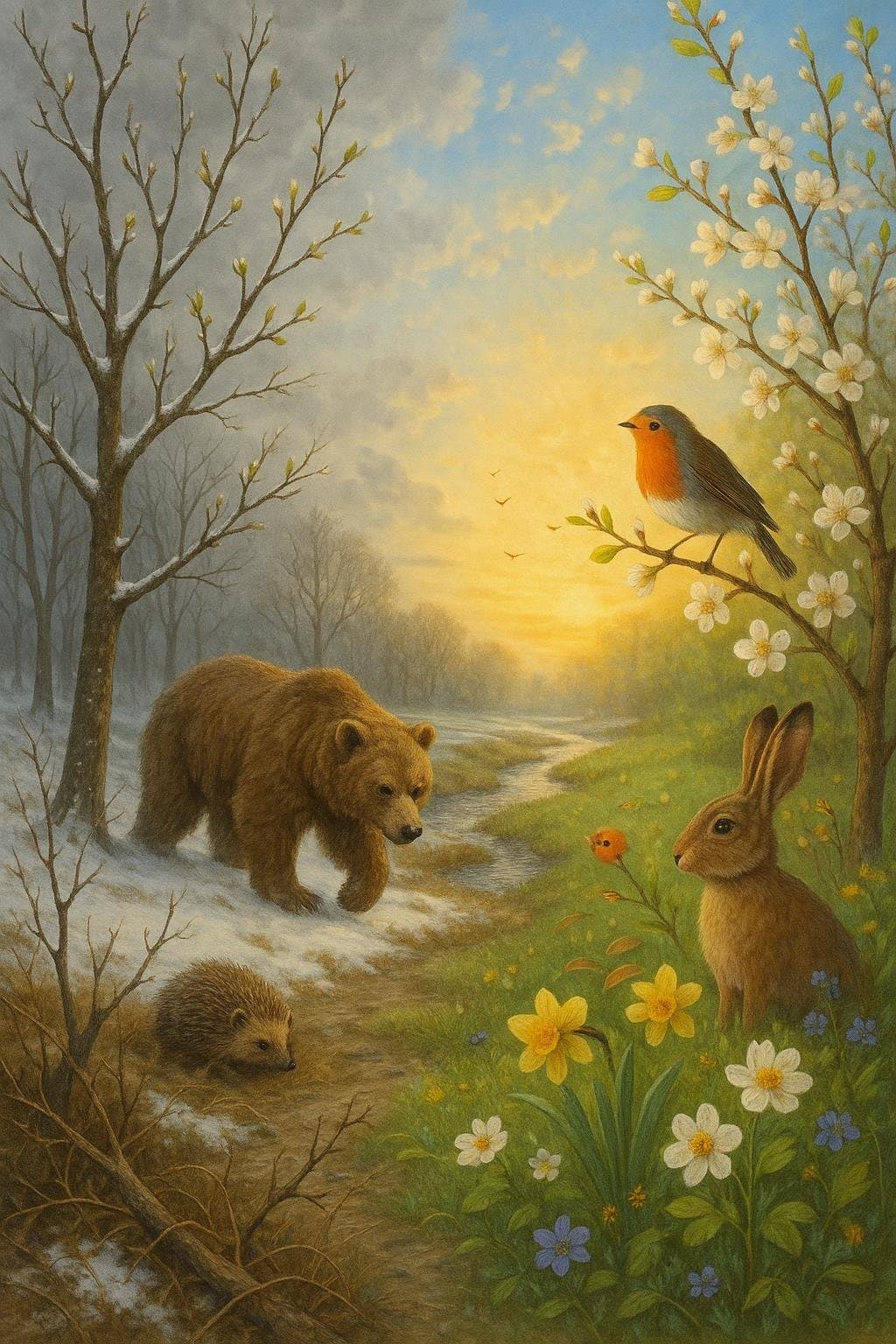Tracing the Subtle Spectrum from Wish to Expectation

To wish was to hope, and to hope was to expect. — Jane Austen
Jane Austen’s Delicate Hierarchy of Desire
Jane Austen’s observation elegantly delineates the gradations of longing: wishing, hoping, and expecting. In her novels, characters’ fortunes often hinge upon the nuances of these emotions. A wish is fleeting and almost wistful, but as it crystallizes into hope, it becomes emotionally weightier. The highest form, expectation, carries with it both anticipation and vulnerability, a theme Austen masterfully explores throughout her literary legacy.
From Imagination to Anticipation: Psychological Perspectives
Transitioning from literature to psychology, we find similar distinctions. A wish can be a private fantasy, but hope is more active—psychologist C.R. Snyder (1994) describes it as a motivational state linked to goal pursuit. Eventually, hope matures into expectation when repeated signs suggest fulfillment is imminent. This progression underscores how our minds transform idle desires into concrete anticipations, influencing behavior and emotion.
Narrative Illustrations in Austen’s Works
Building upon this, Austen’s characters often navigate the perils and pleasures of expectation. For instance, Elizabeth Bennet in *Pride and Prejudice* wishes for happiness, then dares to hope for love, and finally expects respect and affection from Darcy. This subtle journey shapes not only Elizabeth’s fate but also the novel’s dramatic tension, highlighting the risks entwined with rising expectations.
Cultural Consequences of Expectation
Moving outward, the culture in which Austen wrote valorized modest hopes but often cautioned against bold expectations. Expectations, especially for women, invited disappointment or social censure. In modern societies, however, expectation is frequently encouraged, sometimes to the point of entitlement. Tracing this evolution reveals how the relationship between wishing, hoping, and expecting is both timeless and ever-changing.
Striking the Balance: Managing Our Hopes
In conclusion, Austen’s quote invites us to reflect on the wisdom of balancing our desires. As hope gives way to expectation, the potential for fulfillment grows—along with the risk of disillusionment. Mindful self-awareness, as highlighted by both Austen’s characters and psychological research, enables individuals to navigate this spectrum thoughtfully, transforming mere wishes into opportunities for resilient optimism.